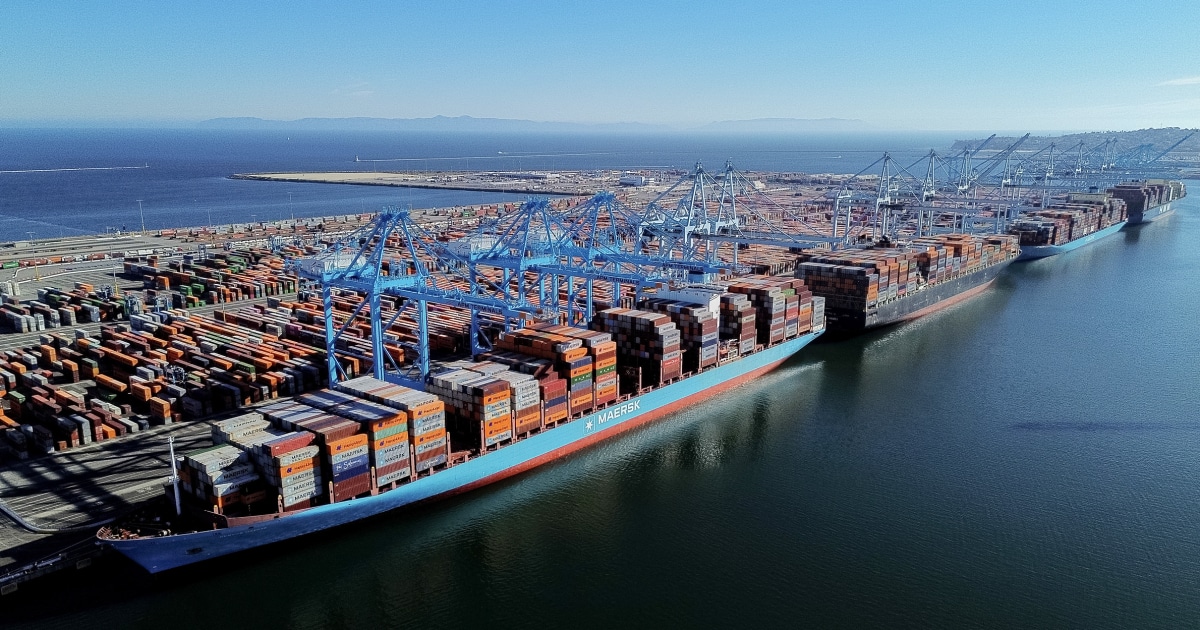New Tariff Era: Trump Solidifies 15-20% Global Trade Tax
New Tariff Era: Trump Solidifies 15-20% Global Trade Tax

A significant shift in global economic policy is underway as President Donald Trump entrenches tariffs at levels previously deemed unimaginable. The administration has declared a new baseline tariff rate for the world, expected to settle between 15% and 20%.
This announcement follows closely on the heels of a landmark agreement reached Sunday with the European Union, which will see a 15% import tax on products entering the U.S. from the bloc. As part of the deal, the E.U. also committed to substantial energy purchases and investments in the United States, totaling $750 billion and $600 billion respectively.
These new rates mark a dramatic increase from the average 1.2% effective tariff rate on E.U. imports prior to President Trump’s second term. With tariffs now a cornerstone of his economic strategy, Trump is fundamentally reshaping decades of free trade consensus in Washington. The current levels, approaching 20%, represent the highest in nearly a century, according to analysis from The Yale Budget Lab.
Economically, these tariffs are projected to result in an average annual income loss of up to $2,700 per U.S. household, though the collected taxes are expected to help reduce the federal deficit. Beyond the E.U., the administration has finalized tariff agreements with China, the United Kingdom, Vietnam, Japan, Indonesia, and the Philippines, with more possibly on the horizon. Existing duties on key commodities like aluminum, autos, and steel also remain in effect, with pharmaceuticals potentially next.
Despite an initial market dip in April, when the higher tariffs were first revealed, markets have since rebounded to record highs. However, economic uncertainty persists, with a Wall Street Journal poll indicating a 1 in 3 chance of recession since Trump’s second term began. Wall Street analysts largely maintain a cautious view of the new trade deals.
The administration defends the tariffs as a means to boost domestic employment and decrease the deficit, encouraging businesses to relocate production to the U.S. However, the policy has faced criticism, even from sectors it is intended to benefit, such as the U.S. automotive industry, which noted disadvantages compared to foreign competitors under the new Japan deal.
Early economic indicators since the April tariff rollout show statistically insignificant growth in manufacturing employment and a slump in inflation-adjusted wage growth. All eyes are now on the upcoming July jobs data release this Friday for further insights. The ultimate economic impact will largely depend on future negotiations with major trading partners Canada, China, and Mexico. Meanwhile, a federal appeals court is scheduled to hear oral arguments this week in a crucial case challenging the President’s authority to impose many of these tariffs.
Disclaimer: This content is aggregated from public sources online. Please verify information independently. If you believe your rights have been infringed, contact us for removal.